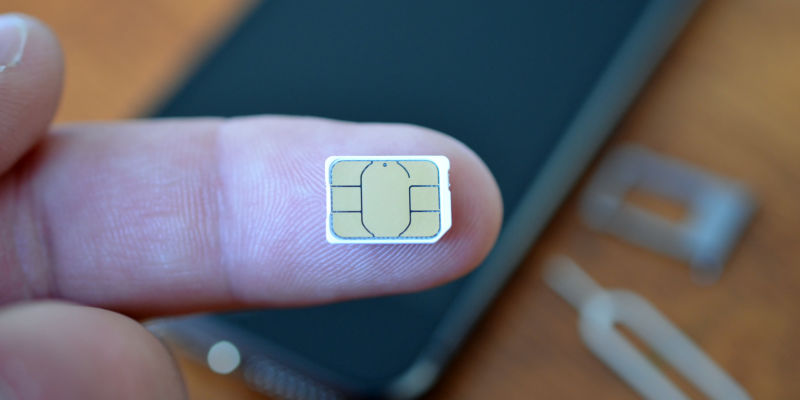Microsoft is developing a SIM card that will let Windows 10 devices connect to different mobile network operators without a contract.

Paired with its Cellular Data app, you’ll be able to join any trusted nationwide data network by using your Microsoft account. You simply connect and pay for a mobile data plan on your device using your account information, negating the need for fixed contracts or other long term commitments to network operators.
The app is available in the U.S., UK, and France and allows short-term access to LTE data conveniently where you are. This type of connectivity will be useful with systems like the Surface 3 that come integrated with LTE support.
To purchase a data plan, you simply click the Wi-Fi icon at the far right corner of the taskbar. In the list of networks, look for and select the one titled Cellular Data. Finally, go into Mobile settings, select ‘View plans,’ and then follow the steps to purchase mobile data and connect online.
The carrier-independent SIM card and coupling app that Microsoft is unveiling provide necessary configuration to align it to a network. The service is similar to what Apple began doing with its updated iPads in late 2014, but Microsoft will have to step its game up if it wants to offer anything comparable. However, the company did sign a deal with Transatel, an MVNO that will operate in 50 different countries by the end of Q1. While it’s unclear how exactly the service will work, some MVNOs, such as Straight Talk, let you pick which provider’s network you use.
Microsoft’s Cellular Data app is a sufficient partner to its Wi-Fi app that provides a similar cohesive payment method for paid Wi-Fi hotspots. With the necessary device and SIM card, Windows users will be able to get online one way or another anywhere they wish by using their Microsoft account information.
Source: Ars Technica and Gizmodo
Advertisement
Learn more about Electronic Products Magazine





